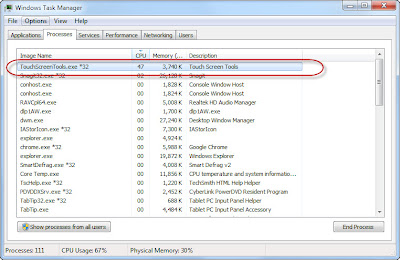Few hours ago, the Employees Provident Fund (EPF, a.k.a. KWSP) has just declared the dividend rate for financial year 2012 to be 6.15%, which is 0.15% higher than the 6.00% dividend declared for 2012 (last year).
This is the highest dividend rate declared by EPF over the past 10 years.
If you have already
registered as an EPF i-Akaun member to access your EPF account detail with their online service, you can login to your online account
now and check the actual amount of dividend in RM added to your EPF account by viewing your
2012 online statement.
With this dividend rate, it seems that those who have
withdrawn their EPF Account II savings to reduce their housing loan during 2012 might be regreted to do so, as the effective mortgage rate is generally lower than 6.15% in 2012, due to a lower housing loan financing rate along the year (BLR-2.4% = 6.6%-2.4% = 4.2%).
If you have
withdrawn your EPF Account I savings for investment in unit trust or fund, your fund manager has outperformed EPF if your 2012 ROI in the fund is greater than 6.15%. Otherwise, you might want to meet up with your unit trust agent or fund manager to find out what's wrong.
In 2012, EPF has put the highest proportion of its investment portfolio into the equities (share) market, forming 38.77% of the portfolio.
The EPF 2012 investment return is reported as below:
Therefore, EPF's return of investment (ROI) for year 2012 is 31,024.94/469,035.43 = 6.6146%. Among them, the EPF's equities ROI for year 2012 is 13,912.54/162,089.56 = 8.5832%. However, in their announcement, EPF says their equities ROI is 10.06% instead.
The KLCI at 30 December 2011 (Friday) closed at 1,530.73 with volume of 1.329 billion and value traded at 1.528 billion. The KLCI at 31 December 2012 (Monday) closed at 1,688.95 with volume of 0.835 billion and value traded at 1.314 billion.
Therefore, the ROI of KLCI in 2012 is (1,688.95-1,530.73)/1,530.73 = 10.3362%
This means that the ROI of EPF in equities portion is lower than the ROI of KLCI!
Click here to read the official announcement from EPF, and the investment structure of EPF in 2012, etc.
Source of the chart and tables above are from EPF website:
+money.jpg)
+money+in+USD.jpg)












